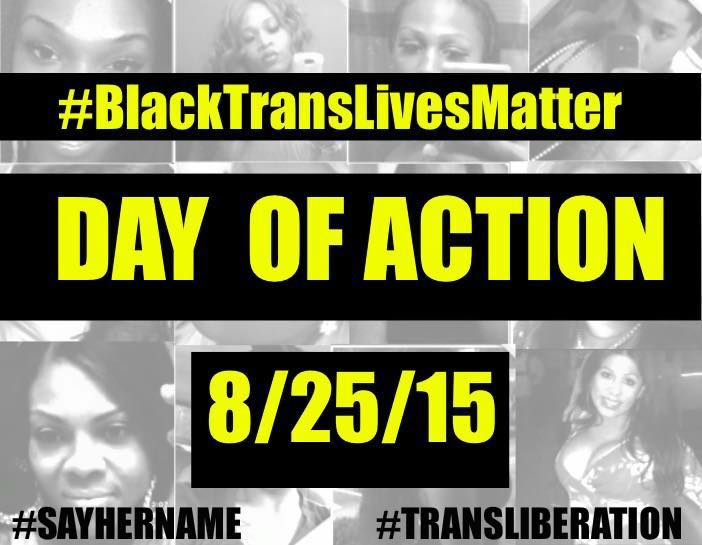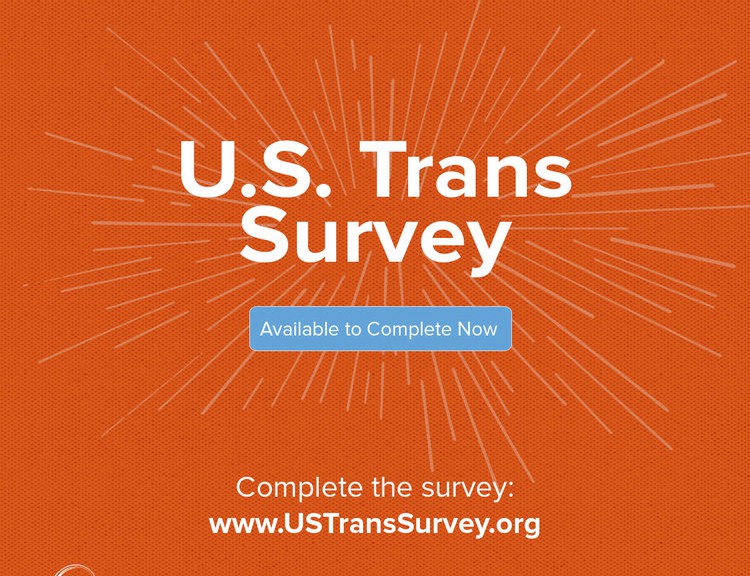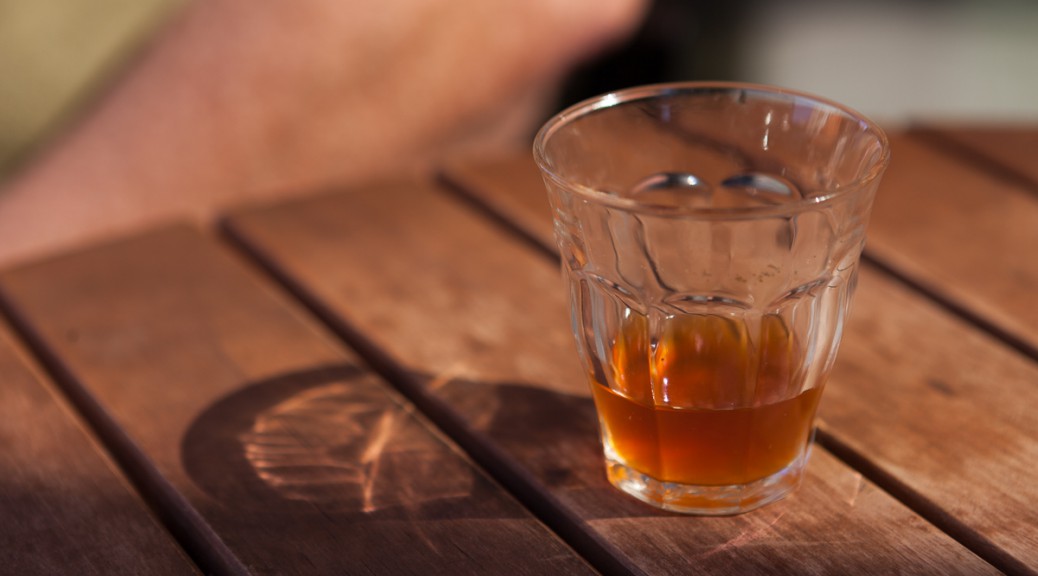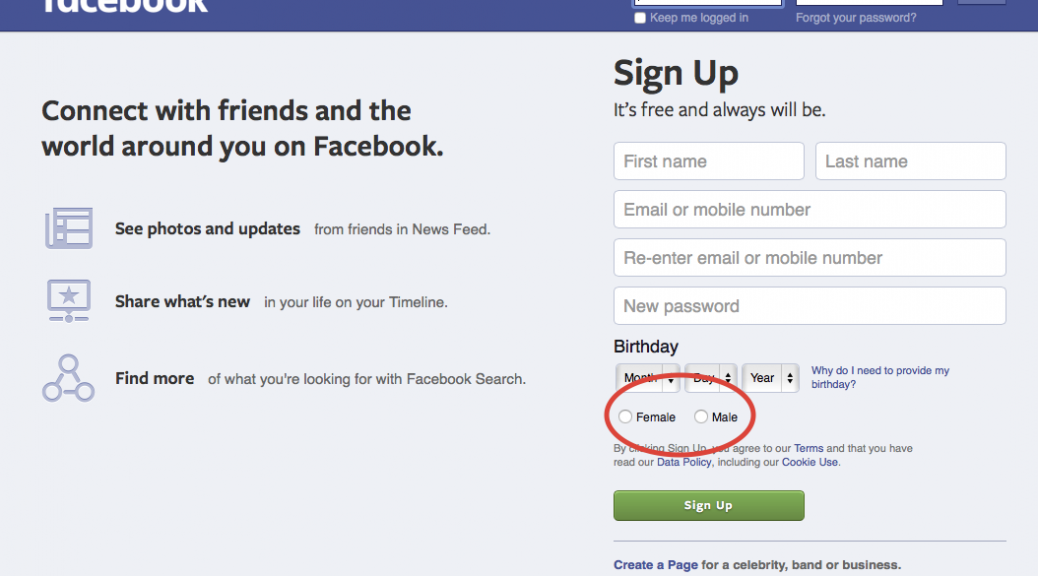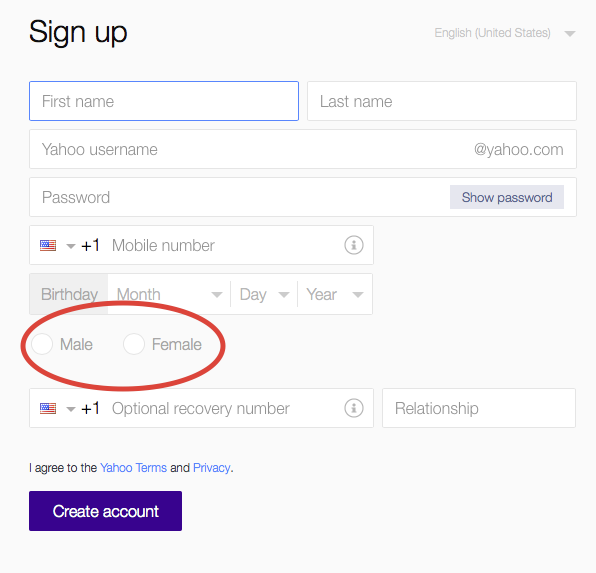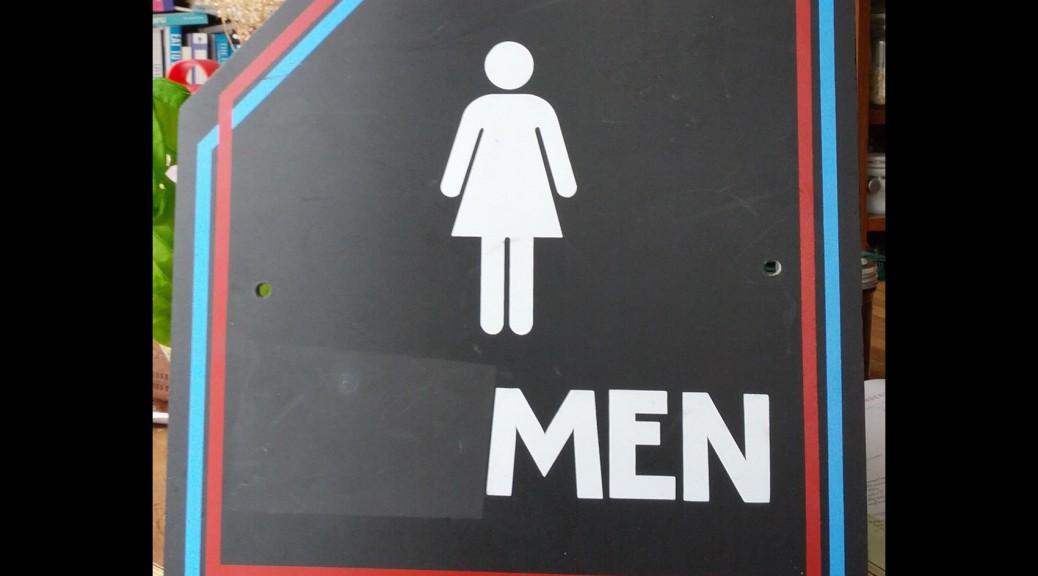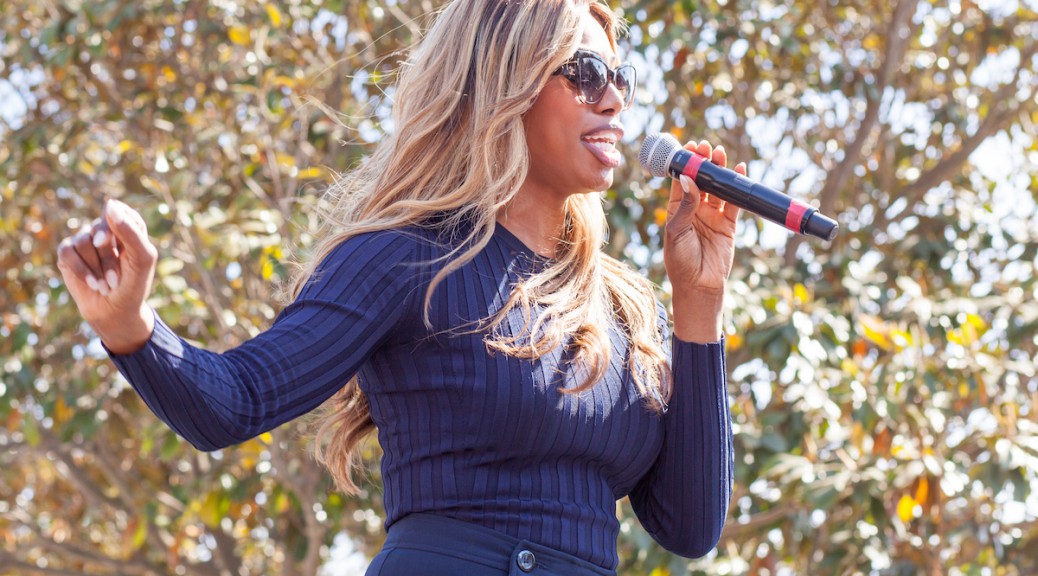[Image: Frosted donuts in an open box.]
Today’s Everyday Feminism article by Sam Dylan Finch on coming out as non-binary reminded me of a story I wrote shortly after my own coming out, two years ago. It’s a political allegory that expresses my frustration at being non-binary in a binary world. I was hoping the story would get more attention so that someone might illustrate it; I released it under a free Creative Commons license for that purpose. I’m re-posting it here; hopefully it will now reach more people and at least be entertaining!
Sometimes you’re just a jelly donut: A nonbinary gender political allegory
by Pax Ahimsa Gethen
Happy birthday! You just turned 18 years old, and are happily walking to the city hall of your small town to register to vote for the first time. You have have done a lot of research and thought a lot about your values and beliefs, and have decided that you want to join the Jelly Donut party, dedicated to providing free delicious jelly donuts for everyone to enjoy.
You arrive at the registration office and are greeted by an officer. They smile and say “Hello, citizen! I see you are here to register to vote. As you are wearing a red shirt, clearly you are in the Strawberry Shortcake party. Here is your registration form.”
You frown. “I’m wearing a red shirt because I like the color red,” you explain. “But I do not want to join the Strawberry Shortcake party. I want to join the Jelly Donut party.”
Now the elections official frowns. “Citizen, I’ve known your parents since you were in diapers. You were raised to be a Strawberry Shortcake. You haven’t shown any evidence of wanting to be in the Peach Cobbler party.”
“I said Jelly Donut, not Peach Cobbler,” you say with some exasperation. “I have nothing against either Strawberry Shortcake or Peach Cobbler, and it’s true I like the color red and have eaten plenty of strawberry shortcake in my time. But I have been reading about the Jelly Donut party and decided I really like what they have to say and want to identify myself as one of them, for the promotion and consumption of delicious jelly donuts.”
“Citizen,” the officer says sternly, “The Jelly Donut party is on the fringe, it is illegitimate. Registering with them would be throwing your vote away. In this town we do not offer a registration form for third parties. You must choose to be in either the Strawberry Shortcake or the Peach Cobbler party. Though for the life of me I cannot understand why you would want to be a Peach Cobbler when you are so clearly a Strawberry Shortcake.”
“Look,” you yell, now really angry, “I don’t care what you think I look like, I don’t want to be a Strawberry Shortcake OR a Peach Cobbler. If you won’t let me register as a Jelly Donut, then I don’t want to pick a political party at all. But I still want to register to vote. Can I just register as nonpartisan?”
“No,” says the officer, “You must choose. Everyone in this town is either a Shortcake or a Cobbler. We are a tolerant town and are split pretty evenly between the two, and many folks don’t insist that one choice is inherently better than the other. But you can’t be in-between or something else. If you insist that despite your appearance and upbringing you are really a Cobbler, not a Shortcake, then I can change your registration, but first you’ll have to put on a yellow shirt.”
“What?!?” you cry. “I have no problem with peach cobbler, in fact I get along quite well with Cobblers, but I really hate the color yellow. What does that color have to do with Peach Cobbler anyway? Even if I wanted to register as a Cobbler, couldn’t I do that and still wear red?”
“That would be highly unusual and improper,” says the officer. “You would have difficulty attending Cobbler meetings wearing red, and would always have to explain yourself. Why can’t you just accept that you are a Shortcake?”
“I’m not a Shortcake. I’m not a Cobbler,” you insist. “I’m a Jelly Donut. And I know there are others out there like me. Some are Chocolate Chip Cookies, some are Gingerbread, and yes, some do not belong to any party at all. But we should ALL have the right to vote, and wear what we please.”
“Then citizen,” sighs the officer, “This is not the town for you. I suggest you move somewhere where you think these fringe people and parties you speak of actually exist. Good luck.”
You stare at the officer, pull your shirt over your head and throw it to the floor, then walk out of the building.
Like this:
Like Loading...
